Hatton Home for Boys, Wellingborough, Northamptonshire
The Hatton Home for Boys was established by the Waifs and Strays Society at Broad Green, Wellingborough. It was located in a Tudor mansion known as Hatton Hall which was donated to the Society, along with the sum of £500 for its refurbishment, by a Mr Harrison. The home was formally opened by Mrs Sotheby on May 14th, 1914, with the Bishop of Leicester conducting a service of dedication.
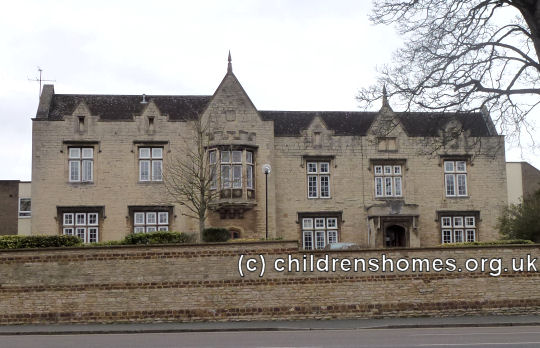
Former Hatton Home for Boys, Wellingborough, 2013. © Peter Higginbotham
The home could accommodate up to 40 boys aged from 8 to 15, with the initial intake coming from the Society's Islington Technical Home which was then closed.
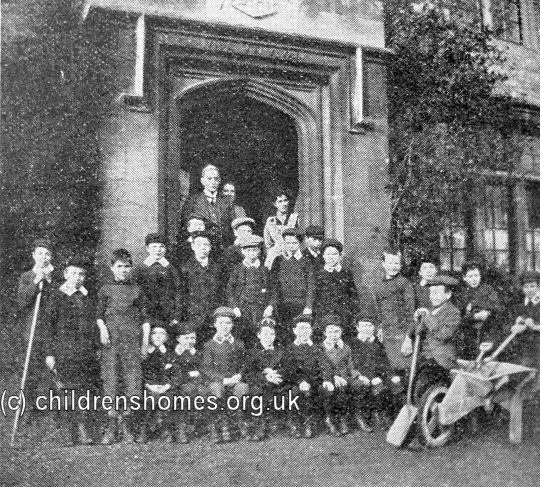
First inmates of Hatton Home for Boys, Wellingborough, 1913. © Peter Higginbotham
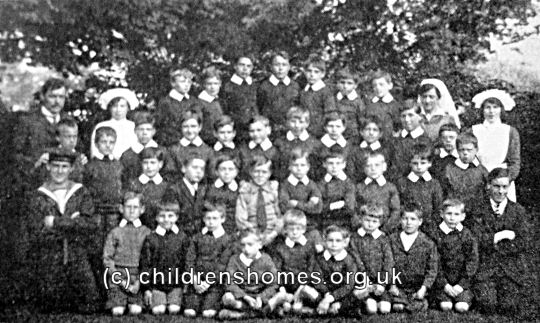
Hatton Home for Boys, Wellingborough, c.1921. © Peter Higginbotham
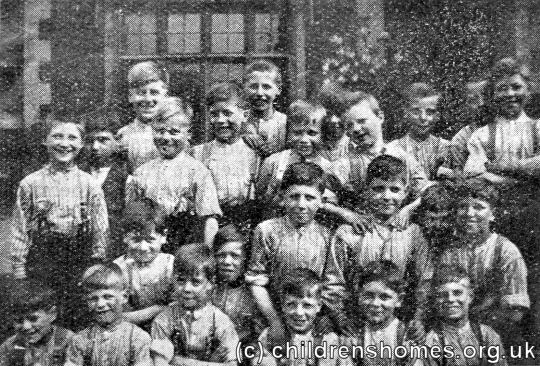
Hatton Home for Boys, Wellingborough, c.1929. © Peter Higginbotham
The Hatton Home boys were very active in the Boys Scouts and regularly went away for camps.

Scout Inspection at Hatton Home for Boys, Wellingborough, c.1917. © Peter Higginbotham
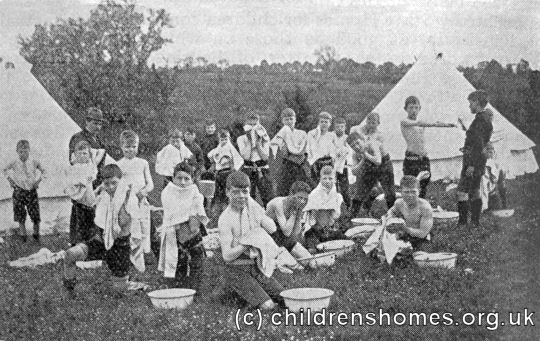
Camping with Hatton Home for Boys, Wellingborough, c.1923. © Peter Higginbotham
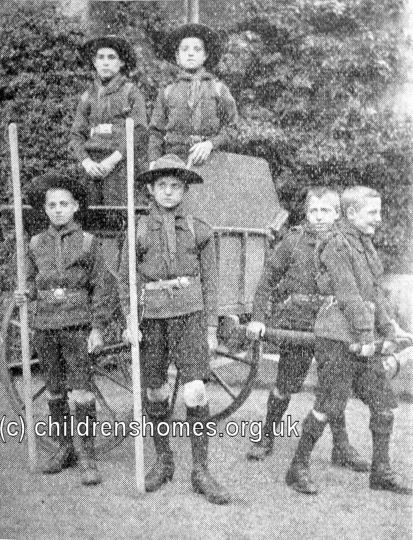
First inmates of Hatton Home for Boys, Wellingborough, 1915. © Peter Higginbotham

Cricket with Hatton Home for Boys, Wellingborough, c.1923. © Peter Higginbotham
An occasional treat for the boys was a visit to the playground and other attractions at Wicksteed Park, near Kettering.
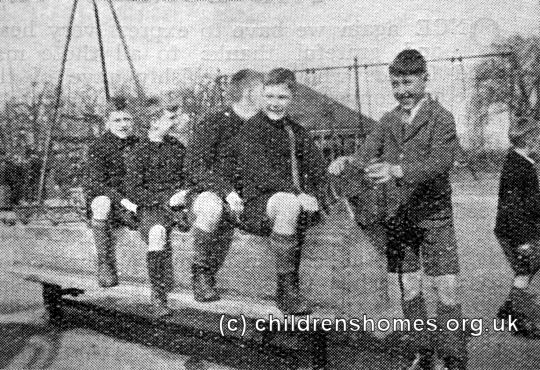
Hatton Home Boys at Wicksteed Park, c.1931. © Peter Higginbotham
The Hatton Home was closed in 1944 and the boys then in residence dispersed to other Society homes. The building then re-opened as a reception centre for children awaiting placement with foster parents. From 1947 to 1951, part of the premises became a staff training college with a boys' home in the remainder. Finally, from 1951 until its final closure in 1958, a boys' home and hostel operated at the site.
In the 1960s, Hatton Hall was used by Wellingborough School as interim accommodation for new boarders until places became available in the main school.
Hatton Hall has now been converted to flats for retired people.
Records
Note: many repositories impose a closure period of up to 100 years for records identifying individuals. Before travelling a long distance, always check that the records you want to consult will be available.
- Index of the Society's first 30,000 children's case files ordered by surname.
- Index of the Society's first 30,000 children's case files ordered by date of birth.
- The Children's Society Records and Archive Centre is at Unit 25, Springfield House, 5 Tyssen Street, London E8 2LZ (email: archives@childrenssociety.org.uk). Files for children admitted to its homes after September 1926 were microfilmed in the 1980s and the originals destroyed. Some post-1926 files had already been damaged or destroyed during a flood. The Society's Post-Adoption and Care Service provides access to records, information, advice, birth record counselling, tracing and intermediary service for people who were in care or adopted through the Society.
- The Society has produced detailed catalogues of its records relating to disabled children, and of records relating to the Children's Union (a fundraising body mostly supported from the contributions of children).
Bibliography
- Bowder, Bill Children First: a photo-history of England's children in need (1980, Mowbray)
- Church of England Waifs and Strays' Society [Rudolfe, Edward de Montjoie] The First Forty Years: a chronicle of the Church of England Waifs and Strays' Society 1881-1920 (1922, Church of England Waifs and Strays' Society / S.P.C.K.)
- Higginbotham, Peter Children's Homes: A History of Institutional Care for Britain's Young (2017, Pen & Sword)
- Morris, Lester The Violets Are Mine: Tales of an Unwanted Orphan (2011, Xlibris Corporation) — memoir of a boy growing up in several of the Society's homes (Princes Risborough, Ashdon, Hunstanton, Leicester) in the 1940s and 50s.
- Rudolf, Mildred de Montjoie Everybody's Children: the story of the Church of England Children's Society 1921-1948 (1950, OUP)
- Stroud, John Thirteen Penny Stamps: the story of the Church of England Children's Society (Waifs and Strays) from 1881 to the 1970s (1971, Hodder and Stoughton)
Links
- Hidden Lives Revealed — the story of the children who were in the care of The Children's Society in late Victorian and early 20th Century Britain.
- The Children's Society
Except where indicated, this page () © Peter Higginbotham. Contents may not be reproduced without permission.


